
How to Use ky-011: Examples, Pinouts, and Specs
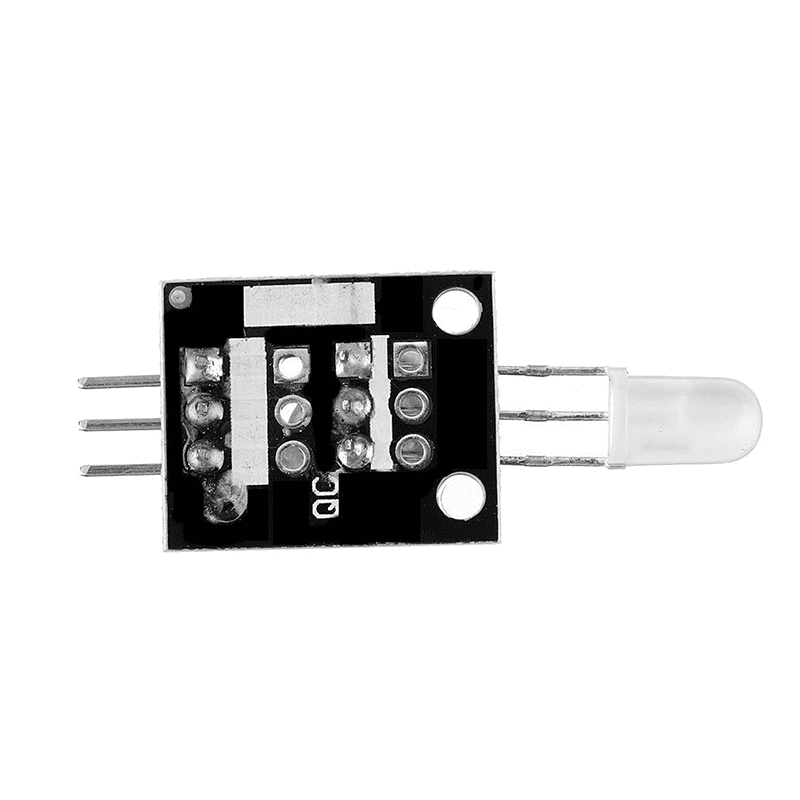
 Design with ky-011 in Cirkit Designer
Design with ky-011 in Cirkit DesignerIntroduction
The KY-011 is a small infrared (IR) receiver module designed to receive IR signals from remote controls. It operates at a frequency of 38 kHz, which is the standard frequency for most IR remote control systems. This module is widely used in projects that require remote control functionality, such as home automation, robotics, and consumer electronics.
Explore Projects Built with ky-011
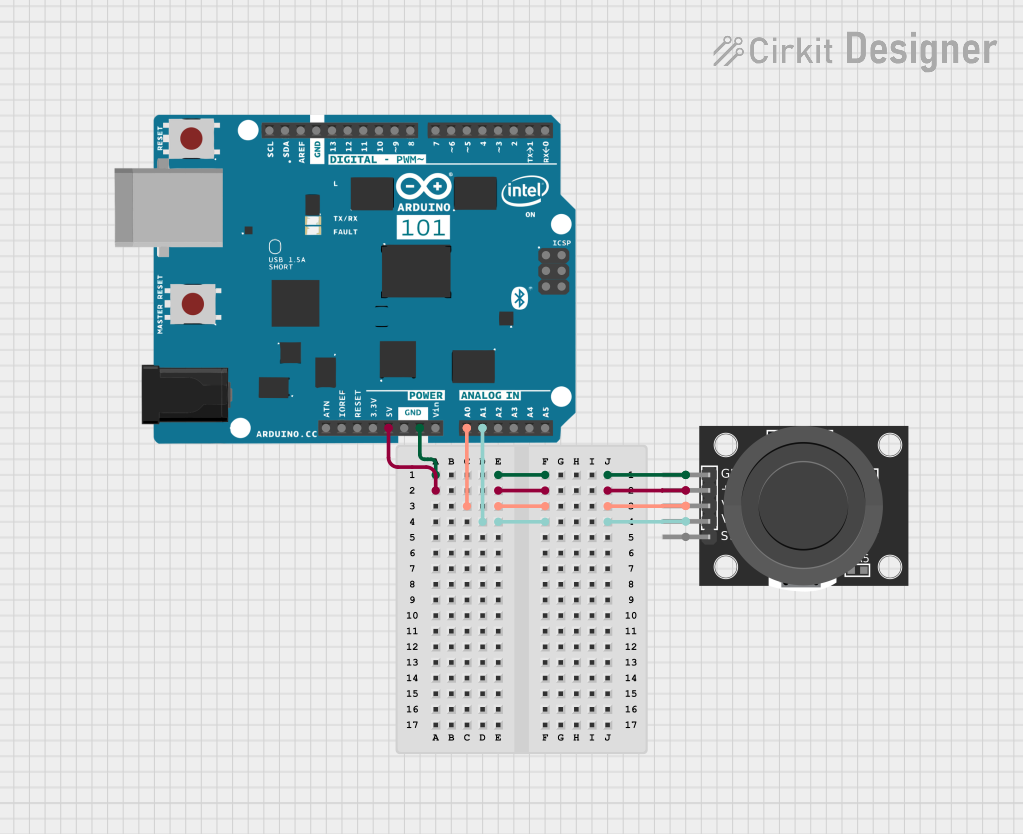
 Open Project in Cirkit Designer
Open Project in Cirkit Designer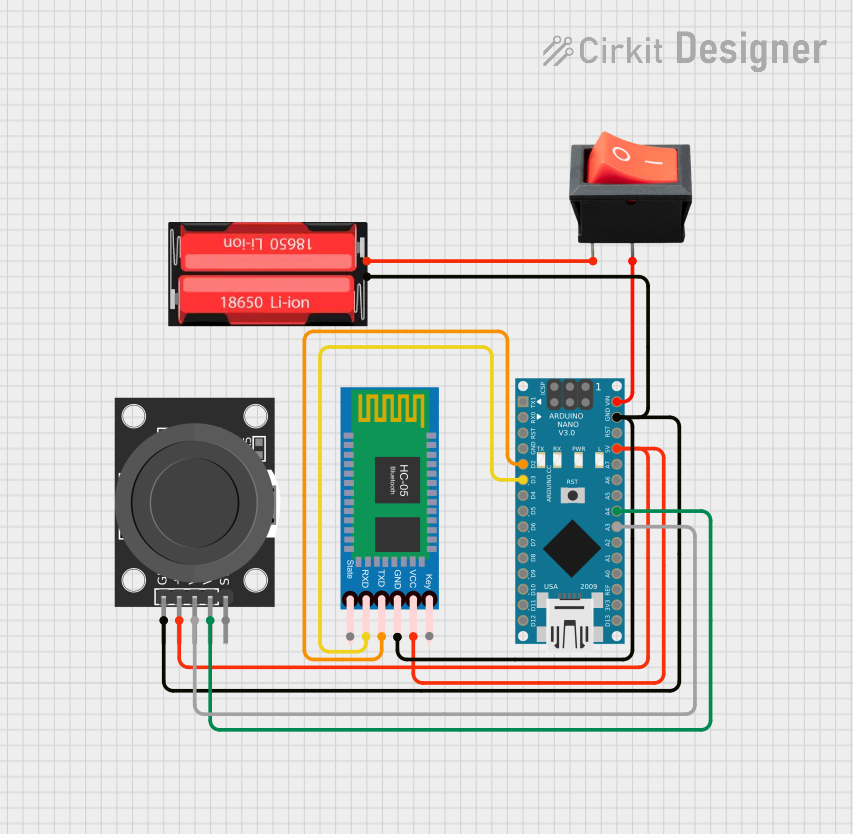
 Open Project in Cirkit Designer
Open Project in Cirkit Designer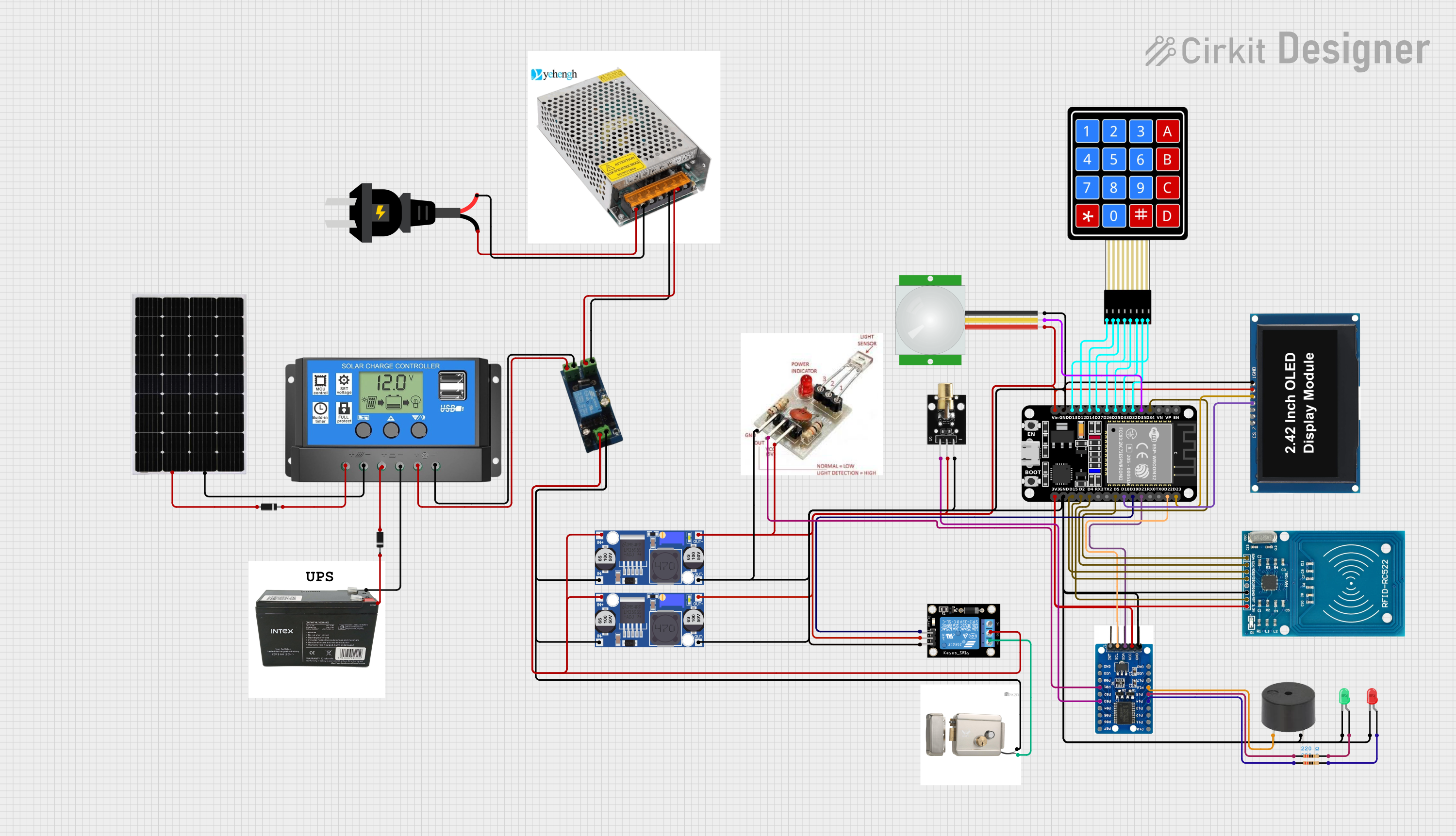
 Open Project in Cirkit Designer
Open Project in Cirkit Designer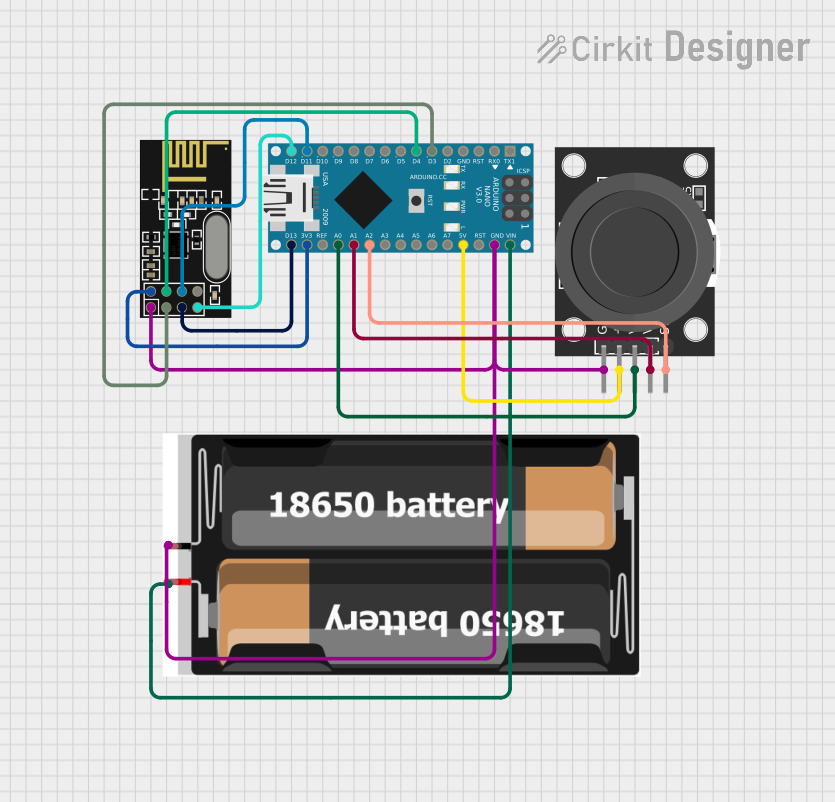
 Open Project in Cirkit Designer
Open Project in Cirkit DesignerExplore Projects Built with ky-011

 Open Project in Cirkit Designer
Open Project in Cirkit Designer
 Open Project in Cirkit Designer
Open Project in Cirkit Designer
 Open Project in Cirkit Designer
Open Project in Cirkit Designer
 Open Project in Cirkit Designer
Open Project in Cirkit DesignerCommon Applications
- Remote-controlled devices (e.g., TVs, fans, and lights)
- Home automation systems
- Robotics and IoT projects
- IR communication systems
- Learning and prototyping with microcontrollers like Arduino
Technical Specifications
Below are the key technical details of the KY-011 IR receiver module:
| Parameter | Value |
|---|---|
| Operating Voltage | 3.3V to 5V |
| Operating Current | ≤ 5mA |
| Carrier Frequency | 38 kHz |
| Reception Distance | Up to 10 meters (line of sight) |
| Output Signal | Digital (active low) |
| Dimensions | Approx. 18mm x 10mm x 8mm |
Pin Configuration
The KY-011 module has three pins, as described in the table below:
| Pin | Name | Description |
|---|---|---|
| 1 | Signal (S) | Digital output pin that transmits the received IR signal. |
| 2 | VCC | Power supply pin (3.3V to 5V). |
| 3 | GND | Ground connection. |
Usage Instructions
How to Use the KY-011 in a Circuit
Connect the Pins:
- Connect the
VCCpin to a 3.3V or 5V power source. - Connect the
GNDpin to the ground of your circuit. - Connect the
Signalpin to a digital input pin on your microcontroller (e.g., Arduino).
- Connect the
Positioning:
- Ensure the IR receiver is positioned to face the IR transmitter (e.g., a remote control) for optimal signal reception.
- Avoid obstructions between the transmitter and receiver.
Circuit Example: Below is a simple connection diagram for using the KY-011 with an Arduino UNO:
VCC→ Arduino5VGND→ ArduinoGNDSignal→ Arduino digital pin (e.g.,D2)
Arduino Code Example
The following Arduino sketch demonstrates how to use the KY-011 to receive IR signals and display the decoded data in the Serial Monitor. This example uses the IRremote library.
#include <IRremote.h> // Include the IRremote library
const int RECV_PIN = 2; // KY-011 Signal pin connected to Arduino pin D2
IRrecv irrecv(RECV_PIN); // Create an IR receiver object
decode_results results; // Variable to store decoded IR data
void setup() {
Serial.begin(9600); // Initialize Serial Monitor at 9600 baud
irrecv.enableIRIn(); // Start the IR receiver
Serial.println("KY-011 IR Receiver Ready");
}
void loop() {
// Check if an IR signal has been received
if (irrecv.decode(&results)) {
Serial.print("IR Code Received: ");
Serial.println(results.value, HEX); // Print the received code in HEX format
irrecv.resume(); // Prepare to receive the next signal
}
}
Important Considerations
- Power Supply: Ensure the module is powered within its operating voltage range (3.3V to 5V). Exceeding this range may damage the module.
- Ambient Light: Avoid using the KY-011 in environments with excessive ambient IR light (e.g., direct sunlight), as this can interfere with signal reception.
- Line of Sight: The module works best when there is a clear line of sight between the IR transmitter and receiver.
Troubleshooting and FAQs
Common Issues and Solutions
No Signal Detected:
- Ensure the IR transmitter (e.g., remote control) is functional and emitting signals.
- Verify the wiring connections, especially the
Signalpin. - Check that the module is powered correctly (3.3V to 5V).
Interference or Erratic Behavior:
- Minimize ambient IR light sources, such as sunlight or fluorescent lights.
- Ensure the module is not too close to other electronic devices that may emit IR signals.
Short Reception Range:
- Check the alignment between the IR transmitter and receiver.
- Replace the batteries in the remote control if the signal strength is weak.
FAQs
Q1: Can the KY-011 receive signals from any remote control?
A1: The KY-011 is compatible with most remote controls that operate at a carrier frequency of 38 kHz, which is the standard for consumer electronics.
Q2: Can I use the KY-011 with a Raspberry Pi?
A2: Yes, the KY-011 can be used with a Raspberry Pi. Connect the Signal pin to a GPIO pin and use an appropriate IR library (e.g., lirc) to decode the signals.
Q3: What is the maximum range of the KY-011?
A3: The KY-011 can receive IR signals from up to 10 meters away, provided there is a clear line of sight and minimal interference.
Q4: Can the KY-011 transmit IR signals?
A4: No, the KY-011 is an IR receiver module and cannot transmit IR signals. For transmission, you would need an IR LED or a dedicated IR transmitter module.
By following this documentation, you can effectively integrate the KY-011 IR receiver module into your projects and troubleshoot common issues.